In 1839 Queen Victoria took the throne and ushered in the Victorian era that bears her name. Under her rule the British Empire became one of the most powerful empires the world had ever seen.
Her subjects, particularly amongst the wealthier members of society, tended to attribute this success to what they saw as their natural superiority and eminent good sense.
There were none the less a lot of very strange happenings afoot, from wallpaper that could kill, strange religious cults led by supposedly immortal prophets, and a man who could sell you a rhinoceros no questions asked, so long as you had the funds.
The Victorians considered themselves to be sensible people, but in this list we look at why they lived in very strange times.
10. Victorian Wallpaper Could be Deadly

Arsenic is a naturally occurring substance, and in extremely small quantities it does no harm to humans. Unfortunately, the Victorians were far too fond of it and used it almost everywhere.
Large quantities of arsenic were a cheap by-product of the manufacturing industry that sprang up from the Industrial Revolution, and it could be easily purchased at grocery stores or even added to medicines.
Victorians were aware that arsenic was poisonous inside the human body, and it was a popular choice amongst potential murderers hoping to rid themselves of a relative without drawing attention. None the less it was generally believed to be harmless in many consumer products, and it made its way into almost everything from candles to baby strollers.
One of its most popular applications was to produce the vibrant colors used in the wallpapers so beloved of Victorians wealthy enough to enjoy such luxuries. Numerous unexplained deaths gradually came to be linked to these wallpapers, with doctors arguing the arsenic seeped out of the wallpaper in the form of a slow-poisoning gas.
A prominent figure named William Morris found himself at the center of the debate. On the one hand he was an environmentalist and an early advocate of workers’ rights. On the other he was a director on the board of Devon Great Consols, the world’s largest arsenic producer, and happened to be the owner of a renowned wallpaper company.
Even as the evidence mounted against him, Morris insisted his wallpaper was entirely safe. His respected position led many people to believe him. It wasn’t until 1880, and with extreme reluctance, that his company became one of the last to remove arsenic from its wallpapers.
9. The Glutton Club Ate Everything
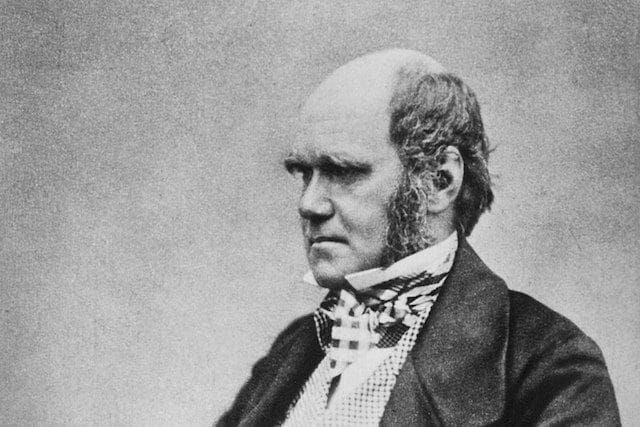
While the Victorians’ fondness for arsenic didn’t do them any favors, their diets were surprisingly healthy. Processed foods were rare, and while the urban poor often struggled with malnutrition, other groups, particularly country dwellers, enjoyed a diet that was fresh, seasonal, and rich in fruit and vegetables.
If the diet was nutritious, it wasn’t hugely varied. Very little food was imported, meaning almost everything had to be produced locally. However, amongst the wealthier sections of society several clubs sprung up devoted to sampling almost every type of animal imaginable.
The most famous of these clubs, known as the Glutton Club, formed at Cambridge University with Charles Darwin as its most notable member.
Darwin and his friends got together to feast on hedgehogs, badgers, moles, and reportedly even bluebottles. This phase was short-lived, and the consumption of a particularly disgusting brown owl persuaded the group to switch to sampling alcohol rather than the local wildlife.
Despite this Darwin never lost his enthusiasm for unusual cuisine. As he travelled South America formulating his theory of evolution he enthusiastically dined on puma, armadillo, iguana, tortoise, and pretty much anything else he could get his hands on.
8. They Posed for Photographs with Dead Relatives
In 1888 the first ever Kodak camera hit the market. It was capable of taking 100 photographs, after which it could be returned to the factory for the prints to be developed and more film installed.
This was a huge advance. For the first time cameras were portable, reasonably affordable, and available to the masses. Prior to this, things were rather different. Arranging a family photograph was a difficult, expensive, time-consuming business.
People might only have their photograph taken once or twice in their lives, and in some cases not until after they were dead.
Death photography briefly became popular in the Victorian era, and it’s pretty much exactly as it sounds. The recently deceased would be dressed in their best clothes, propped up, and photographed alongside their family as if nothing were amiss.
While this seems morbid and strange to modern eyes, it did help families to remember their loved ones, and in many cases it would be the only photograph they owned of a much-loved child or relative.
7. They had a Sex Cult
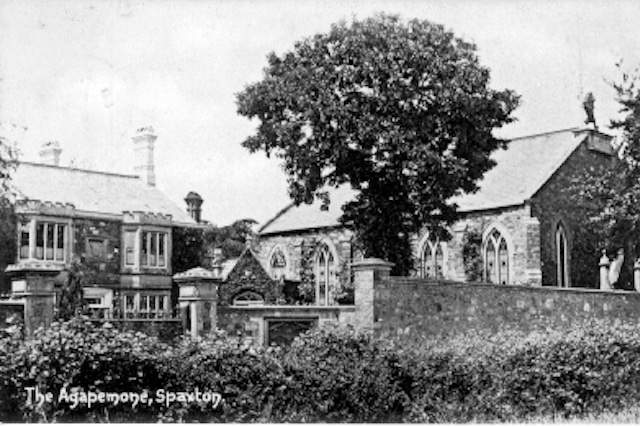
Every society evolves its own set of values and beliefs as to what does and does not constitute acceptable behavior. In Victorian Britain, modesty and proper behavior were highly valued. Which made the existence of a scandalous religious sex cult somewhat unexpected, and to the Victorians profoundly shocking.
Reverend Henry Prince began his career as a vicar with the Church of England. His eccentric personality and strange beliefs, such as claiming to be immortal, soon saw him expelled from the organization.
Prince simply set up his own church instead. Membership did not come cheap, and Prince demanded his followers hand over all their worldly wealth. He used the money to construct a compound, which he named The Abode of Love.
Sealed off from the outside world behind high walls and guarded by bloodhounds, much of what went on behind the compound’s walls could only be guessed at, but Price selected attractive female followers to bathe him and tend to his every whim. Those who he found less pleasing to the eye were found alternative work.
The real scandal struck when it emerged that Prince had had sex with a young woman on a billiard table in front of his congregation and even his wife.
Prince’s claims of immortality were proven unfounded when he died in 1899 at the age of 87. The cult he founded, taken under the wing of another supposedly immortal leader, none the less survived both his death and the Victorian era, only eventually fizzling out when the last few members passed away in the 1950s.
6. The Victorians Invented Vibrators
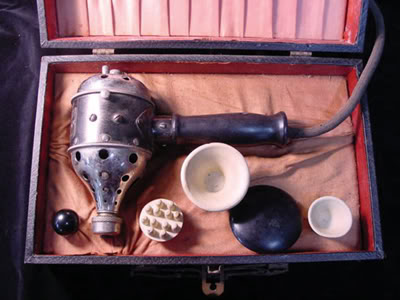
The first electric telegraph was invented as far back as 1816, but by the Victorian age the possibilities of electricity began to transform people’s lives.
By the late Victorian period people could travel on electric railways and walk under the glow of electric streetlights.
As consumer culture began to take off for the first time, electronic gadgets even began to make their way into people’s homes. One of the very first household electric items to become popular was the vibrator, which was invented by Joseph Mortimer Granville in 1883.
For a people who were scandalized by the sight of a female ankle, this seems like an unlikely invention for the times. However, everything is not entirely as it seems.
Granville invented his vibrator purely as a medical device intended to relieve stress, treat back pain, and bizarrely, cure deafness, or at least that was his story.
5. They Built the First Jurassic Park
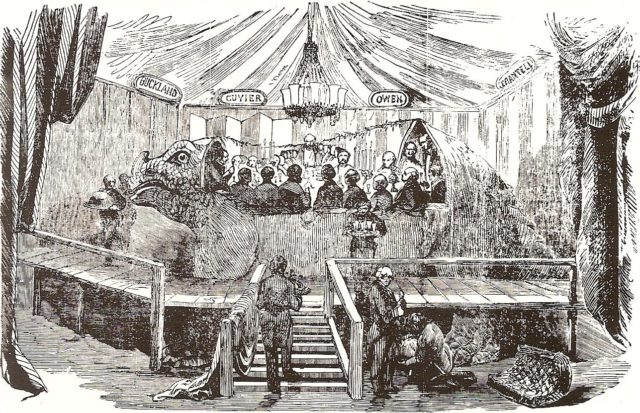
Dinosaurs were still a relatively recent discovery, but Victorians at all levels of society were fascinated by the extraordinary beasts. Queen Victoria’s husband himself, Prince Albert, was so passionate about the subject that he played a key role in setting up a theme park featuring full-sized replicas of the creatures.
This would be a world first, but there was a significant problem. At this point in time even the most dedicated experts had very little idea how dinosaurs lived or what they looked like.
Construction went ahead regardless, with any gaps in knowledge being filled with enthusiasm and guesswork. The results do look slightly strange to modern eyes, and several mistakes were made. For instance, the iguanodon’s claw was placed on its nose, and the Megalosaurus was depicted as a bulky quadruped, whereas we now know it was a much lighter biped.
Given the limited number of fossils available to work with it was the best that could be managed at the time, and over the years enough to attract millions of visitors to Crystal Palace, London, for what was effectively the world’s first theme park.
Over the decades the anatomical errors in the designs turned the once-popular attraction into something of an embarrassment, and the sculptures fell into a state of disrepair. Happily they are now in the process of being restored to their former glory, and London’s anatomically incorrect Victorian dinosaurs are drawing in visitors once again.
4. Belief in Martians was Widespread

For as long as there have been humans, we have gazed up at the night sky in wonder. The laws that govern the movement of the planets had been mapped out long ago by Johannes Kepler, but it was only by the late 1800s that improvements in telescopes made it possible to examine the surface of another planet in any detail.
This didn’t prevent mistakes being made, and the belief that Mars was home to an advanced alien civilization was fairly mainstream in Victorian society.
For the most part this was due to the Italian astronomer Giovanni Schiaparelli, who studied the surface of Mars and described a series of channels that crisscrossed the Red planet’s surface.
When translated into English these channels became canals, which implied the presence of an advanced civilization capable of building them. This wasn’t what Schiaparelli had intended at all, but the prospect of intelligent life on Mars was seized on by enthusiastic astronomers and the public alike.
The idea was slow to die, and it continued to hold some sway until well into the 1930s.
3. The Victorians had their own Tiger King
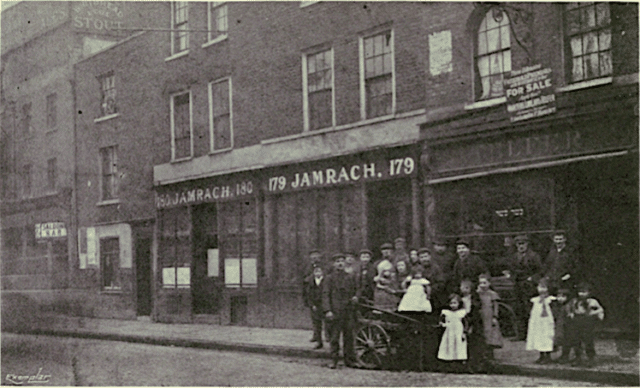
Queen Victoria’s reign saw the British Empire rise to the peak of its powers. It spanned some 11 million square miles making it the largest empire ever seen. Explorers and adventurers scoured every inch seeking out wildlife that could be snared, shot, or shipped back to Britain.
There were no laws regarding the trade in wild or dangerous animals, so anybody with sufficient means could purchase their very own monkey, leopard, lion, or tiger.
In order to do so they might well approach Charles Jamrach, the closest thing the Victorians had to their own Tiger King.
There were more than a hundred exotic animal stores in London alone, but Jamrach’s was by far the largest, not just in Britain but in the world. He boasted of being able to obtain any animal, and on at least one occasion he successfully procured a rhinoceros for a private client.
His store was packed full of everything from parrots to elephants and tigers. Most of them kept in appalling conditions.
In an incident that became notorious one of Jamrach’s tigers broke loose onto the streets of London, where it picked up and made off with an unfortunate young boy who made the mistake of attempting to pet the animal.
Jamrach gave chase and managed to wrestle the boy free, but he was none the less sued for the not inconsiderable sum of £300.
2. They Invented a Fire Organ
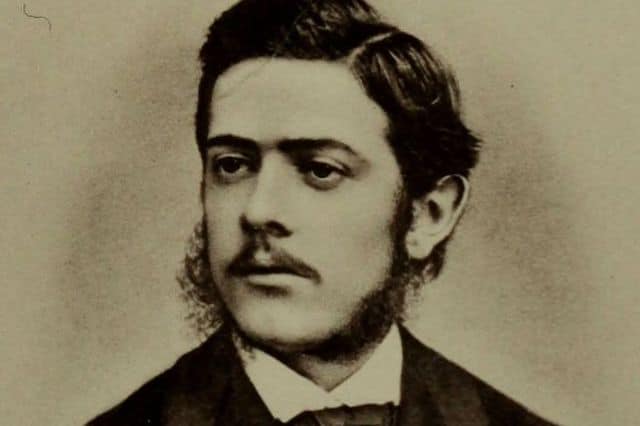
The Victorian era was a time of great scientific discovery and innovation. However, Victorian inventors knew little and seemingly cared even less about the niceties of health and safety. This led to the creation of some fascinating but fabulously dangerous contraptions.
These ranged from steam-powered lawnmowers to smoking machines, which literally pumped out enough tobacco smoke to fill a room, presumably saving any human inhabitants the trouble.
One of the strangest, although one of the sweetest sounding of all, was a known as the pyrophone, or alternatively the fire organ. Invented by Georges Frédéric Eugène Kastner in around 1870, these musical instruments worked by means of setting of small, hopefully controlled explosions when the keys were pressed.
If things went well, the explosion would cause the requested note to sound. If it went badly there was plenty of scope for it to go very badly indeed.
Despite suggestions that the pyrophone could be conveniently used to double up as a heater in the cold winter months, it never really captured the popular imagination. A French composure named Theodore Lack was the only musician to compose music specifically for the instrument.
1. Baby Farming was a Lucrative, but often Despicable, Career

In the eyes of the Victorians, sex outside of marriage was scandalous. Having a baby outside of wedlock was potentially ruinous.
The social security safety net began and ended with the workhouse, and career options were in short supply for women. For those that could find employment it was most likely as live-in domestic help. Few employers wanted a maid or a cook with a baby.
This led to the shady practice of baby farming. In return for a suitable fee, a baby farmer would take the child off its mother’s hands. In theory she would raise the child herself, but the system was unregulated and wide open to abuse.
Several baby farmers were found to have murdered the children entrusted to them rather than reach into their pocket to raise the infants.
The most notorious of these was a former nurse called Amelia Dyer. Over the course of 30 years she is believed to have murdered hundreds of children, making her one of the most prolific serial killers in history.
Dyer’s only defense was one of insanity. The jury took less than five minutes to find her guilty, and she was sentenced to death by hanging in 1896.